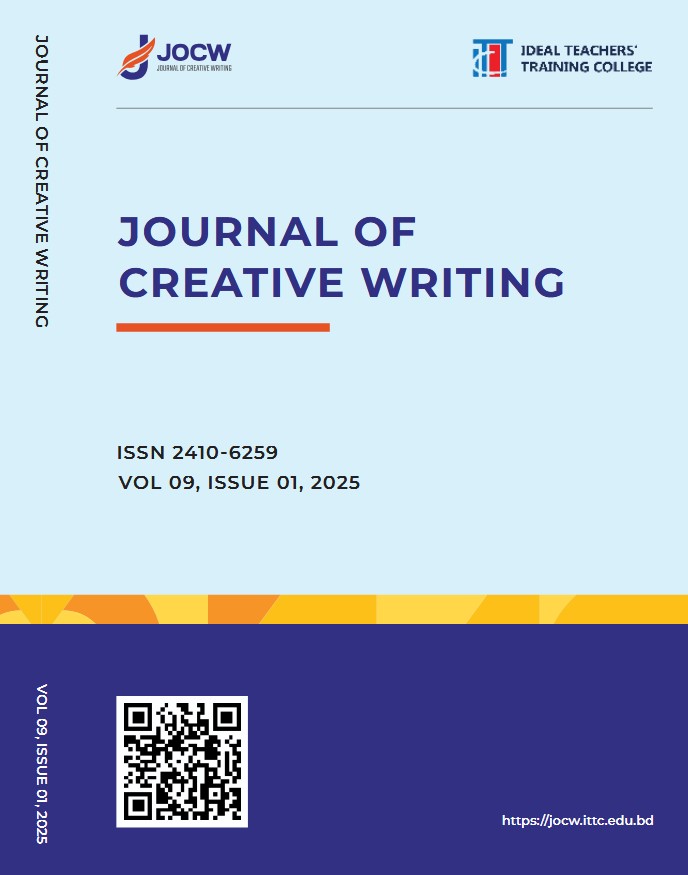Abdolmaleki, G., Naismith, N., Ghodrati, N., Poshdar, M., & Babaeian Jelodar, M. (2024). An analysis of the literature on construction employee turnover: drivers, consequences, and future direction. Construction Management and Economics, 42(9), 822–846. https://doi.org/10.1080/01446193.2024.2337084
Azar, S., Khan, A., & Van Eerde, W. (2018). Modelling linkages between flexible work arrangements’ use and organizational outcomes. Journal of Business Research, 91(June), 134–143. https://doi.org/10.1016/j.jbusres.2018.06.004
Bauer, T. N., Bodner, T., Erdogan, B., Truxillo, D. M., & Tucker, J. S. (2007). Newcomer adjustment during organizational socialization: A meta-analytic review of antecedents, outcomes, and methods. Journal of Applied Psychology, 92(3), 707–721. https://doi.org/10.1037/0021-9010.92.3.707
Deci, E. L., & Ryan, R. M. (2000). The "what" and "why" of goal pursuits: Human needs and the self-determination of behavior. Psychological Inquiry, 11(4), 227–268.
Deloitte. (2021). Workplace culture and retention trends in the tech industry. Deloitte Insights.
Dorta-Afonso, D., Romero-Domínguez, L., & Benítez-Núñez, C. (2023). It’s worth it! High performance work systems for employee job satisfaction: The mediational role of burnout. International Journal of Hospitality Management, 108(September 2021). https://doi.org/10.1016/j.ijhm.2022.103364
Edmondson, A. C. (2019). The fearless organization: Creating psychological safety in the workplace for learning, innovation, and growth. Wiley.
Glassdoor Economic Research. (2021). The state of salaries in the software industry. Glassdoor Research.
Griffeth, R. (2000). A meta-analysis of antecedents and correlates of employee turnover: update, moderator tests, and research implications for the next millennium. Journal of Management, 26(3), 463–488. https://doi.org/10.1016/s0149-2063(00)00043-x
Han, J. W. (2022). A review of antecedents of employee turnover in the hospitality industry on individual, team and organizational levels. International Hospitality Review, 36(1), 156–173. https://doi.org/10.1108/ihr-09-2020-0050
Herzberg, F. (1959). The motivation to work. John Wiley & Sons.
Kerdngern, N., & Thanitbenjasith, P. (2017). Influence of contemporary leadership on job satisfaction, organizational commitment, and turnover intention: A case study of the construction industry in Thailand. International Journal of Engineering Business Management, 9, 1–8. https://doi.org/10.1177/1847979017723173
Kolasa, M., Rubaszek, M., & Walerych, M. (2021). Do flexible working hours amplify or stabilize unemployment fluctuations? European Economic Review, 131. https://doi.org/10.1016/j.euroecorev.2020.103605
Korn Ferry. (2022). The global talent crunch: Strategies for tackling workforce shortages. Korn Ferry Report.
Laschinger, H. K. S., & Fida, R. (2014). A time-lagged analysis of the effect of authentic leadership on workplace bullying, burnout, and occupational turnover intentions. European Journal of Work and Organizational Psychology, 23(5), 739–753. https://doi.org/10.1080/1359432X.2013.804646
Laschinger, H. K. S., & Fida, R. (2014). A time-lagged analysis of the effect of authentic leadership on workplace bullying, burnout, and occupational turnover intentions. European Journal of Work and Organizational Psychology, 23(5), 739–753. https://doi.org/10.1080/1359432X.2013.804646
Li, M., Xu, X., & Kwan, H. K. (2023). The antecedents and consequences of workplace envy: A meta-analytic review. Asia Pacific Journal of Management, 40(1), 1–35. https://doi.org/10.1007/s10490-021-09772-y
LinkedIn Workforce Report. (2024). Tech sector turnover insights. LinkedIn Research.
Liu, C., Li, H., & Li, L. (2022). Examining the curvilinear relationship of job performance, supervisor ostracism, and turnover intentions. Journal of Vocational Behavior, 138, 103787. https://doi.org/https://doi.org/10.1016/j.jvb.2022.103787
Liu, Y., Han, R., Mao, Y., & Xiao, J. (2024). The indirect relationship between employee job performance and voluntary turnover: A meta-analysis. Human Resource Management Review, 34(4), 101039. https://doi.org/https://doi.org/10.1016/j.hrmr.2024.101039
McKinsey & Co. (2023). Tech industry workforce trends. McKinsey & Company.
Mitchell, T. R., Holtom, B. C., Lee, T. W., Sablynski, C. J., & Erez, M. (2001). Why people stay: Using job embeddedness to predict voluntary turnover. Academy of Management Journal, 44(6), 1102–1121.
Ng, T. W. H., Eby, L. T., Sorensen, K. L., & Feldman, D. C. (2005). Predictors of objective and subjective career success: A meta-analysis. Personnel Psychology, 58(2), 367–408. https://doi.org/10.1111/j.1744-6570.2005.00515.x
Perrot, S., Bauer, T. N., Abonneau, D., Campoy, E., Erdogan, B., & Liden, R. C. (2014). Organizational Socialization Tactics and Newcomer Adjustment: The Moderating Role of Perceived Organizational Support. Group and Organization Management, 39(3), 247–273. https://doi.org/10.1177/1059601114535469
Saks, A. M., & Gruman, J. A. (2018). Socialization resources theory and newcomers’ work engagement: A new pathway to newcomer socialization. Journal of Vocational Behavior, 105, 180–194. https://doi.org/10.1016/j.jvb.2017.04.004
Saks, A. M., & Gruman, J. A. (2021). How do you socialize newcomers during a pandemic? Industrial and Organizational Psychology, 14(1–2), 217–220. https://doi.org/10.1017/iop.2021.44
Saks, A. M., Uggerslev, K. L., & Fassina, N. E. (2007). Socialization tactics and newcomer adjustment: A meta-analytic review and test of a model. Journal of Vocational Behavior, 70(3), 413–446. https://doi.org/10.1016/j.jvb.2006.12.004
Schäfer, B., Koloch, L., Storai, D., Gunkel, M., & Kraus, S. (2023). Alternative workplace arrangements: Tearing down the walls of a conceptual labyrinth. Journal of Innovation and Knowledge, 8(2). https://doi.org/10.1016/j.jik.2023.100352
Setthakorn, K. P., Rostiani, R., & Schreier, C. (2024). A Meta-Analytic Review of Job Embeddedness and Turnover Intention: Evidence from South-East Asia. SAGE Open, 14(2), 1–10. https://doi.org/10.1177/21582440241260092
Society for Human Resource Management (SHRM). (2022). The cost of employee turnover. SHRM Research Report.
Soga, L. R., Bolade-Ogunfodun, Y., Mariani, M., Nasr, R., & Laker, B. (2022). Unmasking the other face of flexible working practices: A systematic literature review. Journal of Business Research, 142(January), 648–662. https://doi.org/10.1016/j.jbusres.2022.01.024
Trevor, C. O., Gerhart, B., & Boudreau, J. W. (1997). Voluntary turnover and job performance: Curvilinear and the moderating influences of salary growth and promotions. Journal of Applied Psychology, 82(1), 44–61. https://doi.org/10.1037/0021-9010.82.1.44
Tsui, A. S., Nifadkar, S., & Ou, A. Y. (2007). Cross-national, cross-cultural organizational behavior research: Advances, gaps, and recommendations. Journal of Management, 33(3), 426–478. https://doi.org/10.1177/0149206307300818
U.S. Bureau of Labor Statistics. (2023). Occupational outlook handbook: Software developers. BLS.
World Economic Forum. (2023). The future of jobs report. WEF.


 https://doi.org/10.70771/jocw.148
https://doi.org/10.70771/jocw.148







 Create or Connect your ORCID iD
Create or Connect your ORCID iD